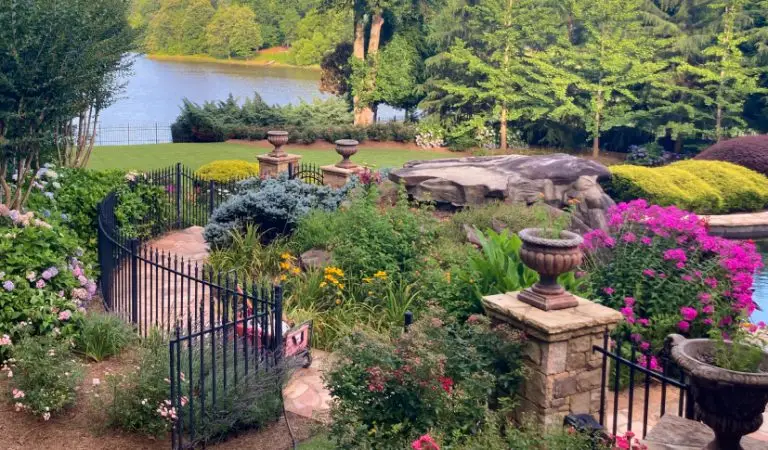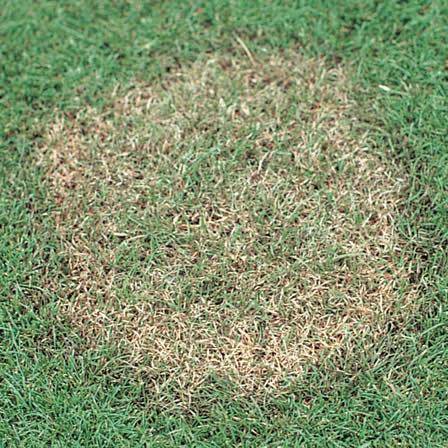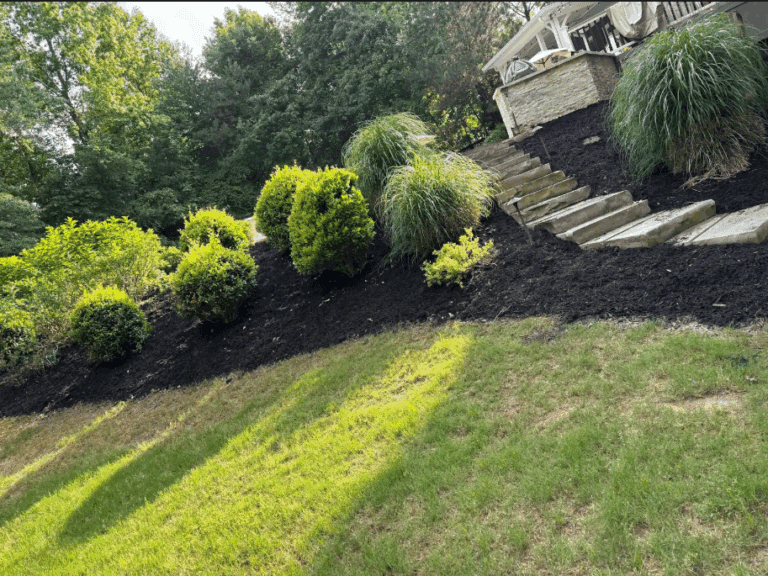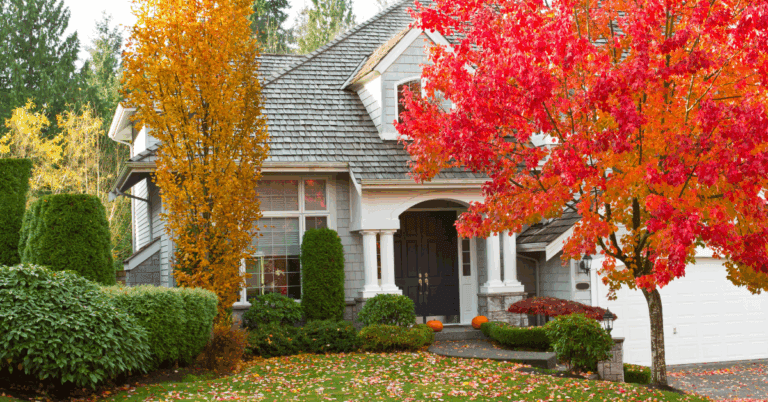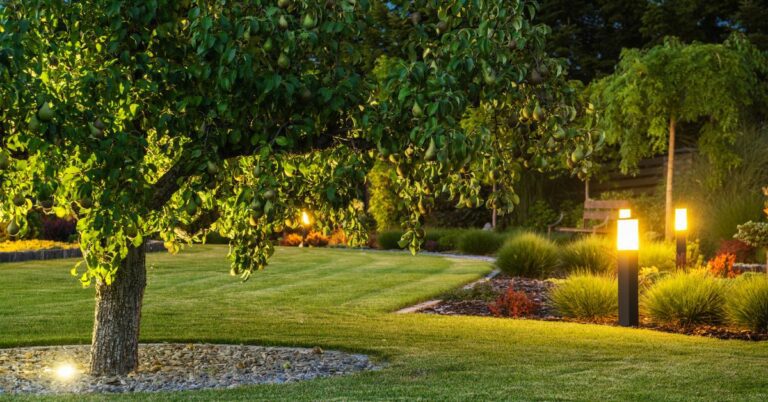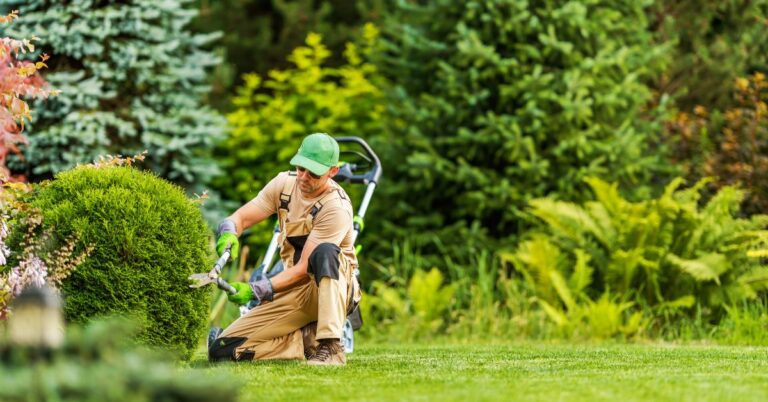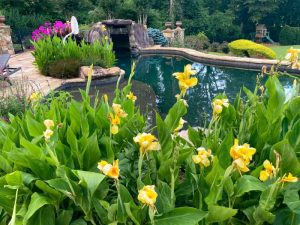Summertime in the South can wear on the best of us, and your lawn is no different. Heat, drought, insects, dog urine, and fungal diseases can all lead to patchy-looking lawn dead spots that detract from your lawn’s appearance. We can’t do much about dog urine (our pets have to go somewhere, after all,) but we’ll take a look at some of the other causes and the best way to treat them.
Fungal Disease
One of the most common causes of dead spots in your lawn is the appropriately-named Brown Patch. This fungal disease is caused by the fungus Rhizoctonia. Rhizoctonia affects a number of plants, causing root rot, stem rot, damping off, and other distressing symptoms. In turf grasses, this results in unsightly brown patches that range in size from a few inches to a few feet. This fungus thrives in fall when the weather starts cooling off.
Both Dollar Spot and Leaf Spot Diseases can also cause brown spots in your turf. Dollar Spot is more common in lawns with poor nutrition due to lack of fertilization, whereas Leaf Spot thrives when grass is stressed due to extended heat and drought.
Insect Damage
Both blade-feeding and root-feeding insects can wreak havoc in your lawn. Root feeders such as grubs do their damage below ground. By weakening the root system, they can cause your grass to turn brown. Surface-feeders such as cutworms and fall armyworms feast on grass blades and stems, causing a patchwork of dead spots.
Lawn Dead Spots Prevention
An ounce of prevention is worth a pound of cure, so take the following steps to ensure your lawn stays healthy:
- Water Regularly and Early: most fungi thrive when the grass is wet but the soil remains dry. Watering early in the day helps prevent water from getting trapped at the surface during the hottest part of the day.
- Reduce Thatch: thatch is a mixture of dead and living plant material that forms at the base of your lawn. When it becomes thicker than one inch, it acts as a barrier that prevents water, sun, and fertilizer from penetrating into the soil, causing your lawn’s root system to suffer. It also provides a breeding ground for both insects and disease. Dethatching involves the use of short-tined manual rakes, power rakes, or vertical mowers
- Fertilize: just like every other living organism, your lawn needs proper nutrition to survive. However, brown spot fungus thrives on nitrogen, so you want to make sure you’re using the correct fertilizer blend and amount for your lawn. Too much applied at the wrong time can lead to problems.
- Ensure Proper Drainage: compacted soil causes water to roll off or stand in puddles. Not only does this prevent your lawn’s root system from getting the proper moisture and nutrients, it also creates the perfect environment for disease to emerge. Core aeration helps to alleviate this problem.
Lawn Dead Spots Treatment
No matter how much effort you put into maintenance, there’s a chance your lawn will develop dead spots. Fall is the perfect time to address those spots, so that your lawn can emerge green and healthy in the spring. If you’ve already taken the above precautions and still have dead patches, you can perform these additional tasks:
- Apply Fungicide: if done early in the disease progression, this is a fast-acting way to help restore your healthy lawn.
- Re-Seed: for larger brown areas, replacing dead grass may be the best option. Loosening the top layer of soil, scattering seed, fertilizing with a new grass formulation and watering deeply will encourage germination. In warmer climates like North Georgia, early fall lawn patching gives new grass at least six months to develop a healthy root system before the heat and humidity return.
Contact Us
Have questions about best lawncare practices, or ready to schedule a treatment? Contact Creech Landscape!

